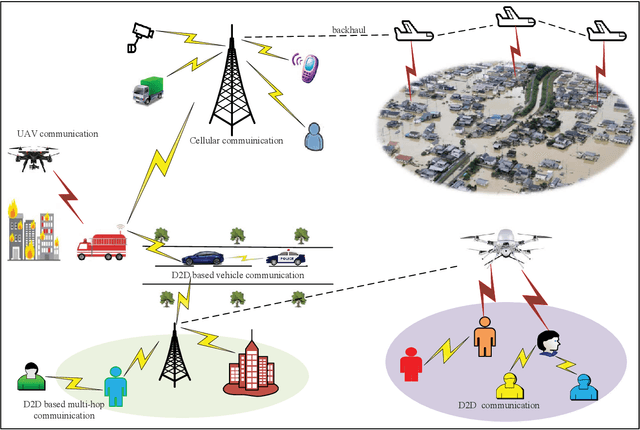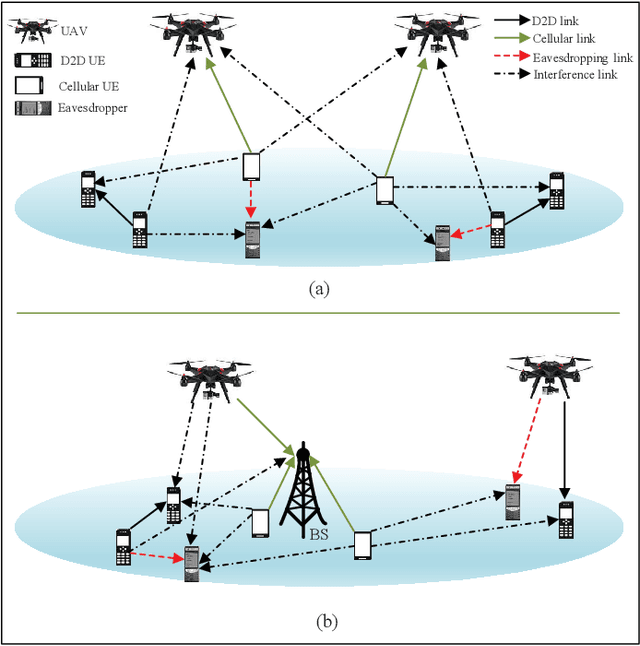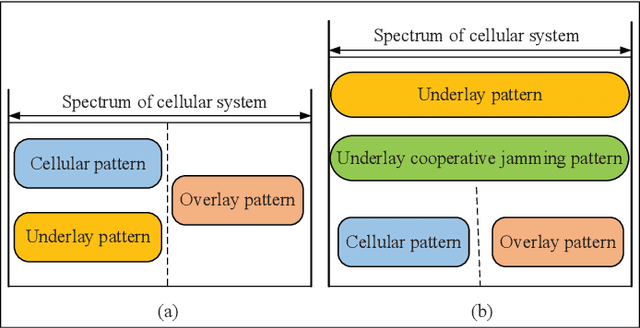Z. Wu
Brain-like Functional Organization within Large Language Models
Oct 25, 2024Abstract:The human brain has long inspired the pursuit of artificial intelligence (AI). Recently, neuroimaging studies provide compelling evidence of alignment between the computational representation of artificial neural networks (ANNs) and the neural responses of the human brain to stimuli, suggesting that ANNs may employ brain-like information processing strategies. While such alignment has been observed across sensory modalities--visual, auditory, and linguistic--much of the focus has been on the behaviors of artificial neurons (ANs) at the population level, leaving the functional organization of individual ANs that facilitates such brain-like processes largely unexplored. In this study, we bridge this gap by directly coupling sub-groups of artificial neurons with functional brain networks (FBNs), the foundational organizational structure of the human brain. Specifically, we extract representative patterns from temporal responses of ANs in large language models (LLMs), and use them as fixed regressors to construct voxel-wise encoding models to predict brain activity recorded by functional magnetic resonance imaging (fMRI). This framework links the AN sub-groups to FBNs, enabling the delineation of brain-like functional organization within LLMs. Our findings reveal that LLMs (BERT and Llama 1-3) exhibit brain-like functional architecture, with sub-groups of artificial neurons mirroring the organizational patterns of well-established FBNs. Notably, the brain-like functional organization of LLMs evolves with the increased sophistication and capability, achieving an improved balance between the diversity of computational behaviors and the consistency of functional specializations. This research represents the first exploration of brain-like functional organization within LLMs, offering novel insights to inform the development of artificial general intelligence (AGI) with human brain principles.
Explaining Search Result Stances to Opinionated People
Sep 15, 2023Abstract:People use web search engines to find information before forming opinions, which can lead to practical decisions with different levels of impact. The cognitive effort of search can leave opinionated users vulnerable to cognitive biases, e.g., the confirmation bias. In this paper, we investigate whether stance labels and their explanations can help users consume more diverse search results. We automatically classify and label search results on three topics (i.e., intellectual property rights, school uniforms, and atheism) as against, neutral, and in favor, and generate explanations for these labels. In a user study (N =203), we then investigate whether search result stance bias (balanced vs biased) and the level of explanation (plain text, label only, label and explanation) influence the diversity of search results clicked. We find that stance labels and explanations lead to a more diverse search result consumption. However, we do not find evidence for systematic opinion change among users in this context. We believe these results can help designers of search engines to make more informed design decisions.
Spectrum Sharing for Secrecy Performance Enhancement in D2D-enabled UAV Networks
Jan 05, 2022



Abstract:With the assistance of device-to-device (D2D) communications, unmanned aerial vehicle (UAV) networks are anticipated to support widespread applications in the fifth generation (5G) and beyond wireless systems, by providing seamless coverage, flexible deployment, and high channel rate. However, the networks face significant security threats from malicious eavesdroppers due to the inherent broadcast and openness nature of wireless channels. To ensure secure communications of such networks, physical layer security is a promising technique, which utilizes the randomness and noise of wireless channels to enhance secrecy performance. This article investigates physical layer security performance via spectrum sharing in D2D-enabled UAV networks. We first present two typical network architectures where each UAV serves as either a flying base station or an aerial user equipment. Then, we propose a spectrum sharing strategy to fully exploit interference incurred by spectrum reuse for improving secrecy performance. We further conduct two case studies to evaluate the spectrum sharing strategy in these two typical network architectures, and also show secrecy performance gains compared to traditional spectrum sharing strategy. Finally, we discuss some future research directions in D2D-enabled UAV networks.
 Add to Chrome
Add to Chrome Add to Firefox
Add to Firefox Add to Edge
Add to Edge